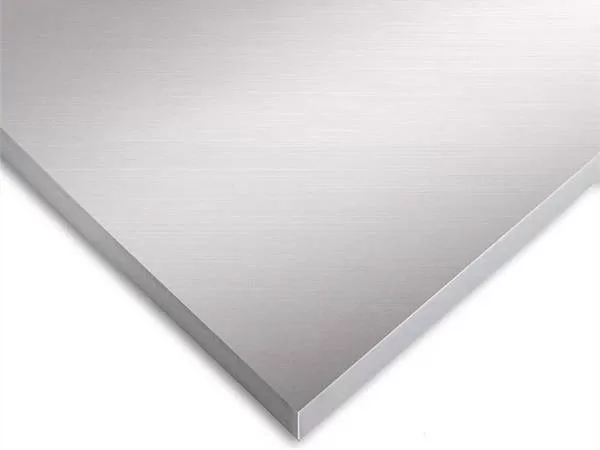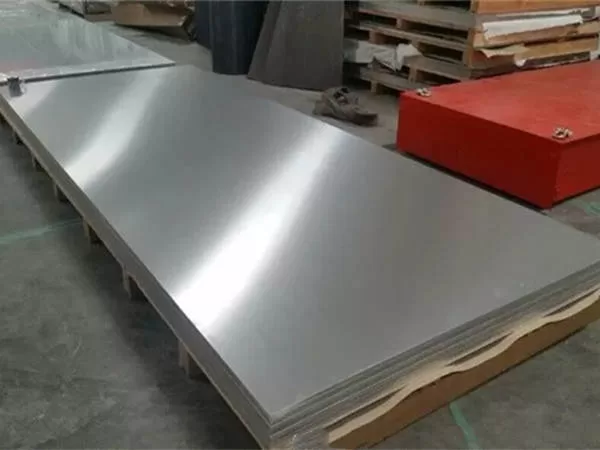Aluminum plates are versatile materials known for their exceptional properties. They has in a wide range of applications. Due to their lightweight, corrosion-resistant, and high-strength nature. However, not all aluminum plates are created equal. Different types of aluminum plates cater to various needs, and understanding these distinctions is essential when choosing the right material for your project.

Alloy Series
Aluminum plates are typically classified into different alloy series, each offering unique characteristics. The most commonly used series are:
1xxx Series: This series, primarily composed of pure aluminum, is non-heat treatable and excellent for corrosion resistance. Often used in chemical storage tanks, reflectors, and decorative applications.
3xxx Series: Known for its excellent formability and corrosion resistance. And ften used in manufacturing beverage cans, cookware, and architectural components.
5xxx Series: These plates contain magnesium as their primary alloying element, making them exceptionally corrosion-resistant. Commonly used in marine applications, pressure vessels, and structural components.
6xxx Series: With magnesium and silicon as the primary alloying elements. 6xxx series plates are in applications requiring good formability, weldability, and moderate strength. These plates are frequently in extruded products like architectural components and heat exchangers.
7xxx Series: These plates are heat-treatable and popular for their exceptional strength and toughness. And used in aerospace applications, high-stress components, and military equipment.
8xxx Series: Primarily used in electrical conductor applications, such as power transmission lines.

Temper
Aluminum plates can undergo various tempering processes, which significantly impact their mechanical properties. The most common temper designations include:
O (Annealed): This temper represents a fully annealed aluminum plate, which is soft and possesses low strength. It is suitable for forming and bending applications.
H1X, H2X, H3X, H4X, H5X: These tempers denote various levels of work hardening and heat treatment processes, leading to increased strength. For instance, H32 signifies a strain-hardened and stabilized plate.
T6 (Solution Heat Treated and Artificially Aged): This temper provides high strength. And it is commonly in applications requiring structural integrity, like aircraft parts.
T7 (Solution Heat Treated and Overaged): This temper offers improved toughness and resistance to stress corrosion cracking.
Plate Thickness
Aluminum plates come in various thicknesses, ranging from thin foils to thick plates.
The thickness of the plate is a critical factor in determining its suitability for specific applications. Thicker plates are ideal for structural components and load-bearing applications.
While thinner plates are often used for decorative and lightweight purposes.
Surface Finish
The surface finish of an aluminum plate can vary from mill finish (as-rolled) to various types of coatings or treatments. Common surface finishes include anodized, painted, or polished surfaces, each designed for specific aesthetic and functional requirements.
What Is Aluminum Plate?
Aluminum plates are a diverse family of materials, with different types and variations tailored to various applications.
Choosing the right type of aluminum plate depends on factors such as alloy series, temper, thickness, and surface finish.
Understanding these differences is crucial to ensuring that the material you select meets the specific needs of your project.
Whether it’s for aerospace components, architectural design, or industrial applications, the versatility of aluminum plates makes them a popular choice in a wide array of industries.